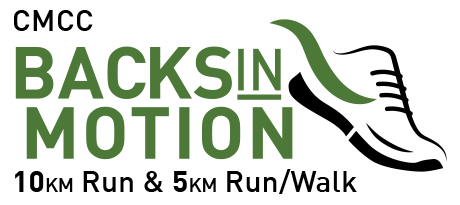This is a big change in pace for me.
No pun intended.
Never really wanting to deviate too far from the advice of the professionals who have provided me with gait analysis, orthopedic inserts, or physiotherapy, I’ve always limited myself to the “stability” section of the shoe wall.
Not in my wildest dreams did I think I would ever run in lightweight shoe.
With Ironman Lake Placid on the horizon for 364 days, I’ve taken this same approach approach for the last 12 months, not wanting to make any drastic changes or try anything new.
But Ironman is over now. And so are my days in the biggest and heaviest shoes.
I noticed that when I made changes in my running style to encompass a mid-foot strike that my feet did not pronate as much as they used to.Likely, this has much to do with a shorter amount of contact time in each gait cycle.
So less contact time means less time to pronate. Check.
Don’t let me mislead you. If your feet are as flat as mine, there is likely still going to be some degree of inward collapse regardless of how you run.But as a mid-foot striker, whether or not that amount will vary significantly when changing from one type of shoe to another is debatable.
Check it out for yourself.
So I decided to test the waters.
So many people have told me to ditch the heavy shoes and focus on strengthening my feet and running with a higher cadence. Many Team RF folks included.
I picked up a pair of Netwon Sir Isaacs, and after nearly one month, here’s what I’ve found:
They feel weightless.
Running in these things after wearing bulky stability shoes is a treat. The midsole is light and the upper is airy.
They are an aid for good form.
These shoes have a sort of “crash pad” under the mid-foot, which is exactly where your foot should make contact when you are allowing gravity to work for you as much as possible. Not striking on the crash pad just feels a bit weird. So it’s almost like swimming with paddles, or cycling in a strong head wind; inefficiencies are made very obvious when you make minor changes in your stroke or aero form.
Keeping high cadence is easier.
This is likely a direct result of the two above-mentioned features. With a lightweight shoe that encourages efficient form, it only make sense that keeping a high cadence should become pretty easy. And remember, with high cadence, we have less contact time, and thus spend less time in a pronated position.
Back to Gravity.
I didn’t spend a lot of time looking into changing my own running technique before I decided that it makes perfect sense. Principles of Chi Running, or “Pose” running will come back to the very same basic argument. Let gravity do the work for you… or at least some of it.
Check out a pair of Newton shoes at Running Free and let me know what you think!


















